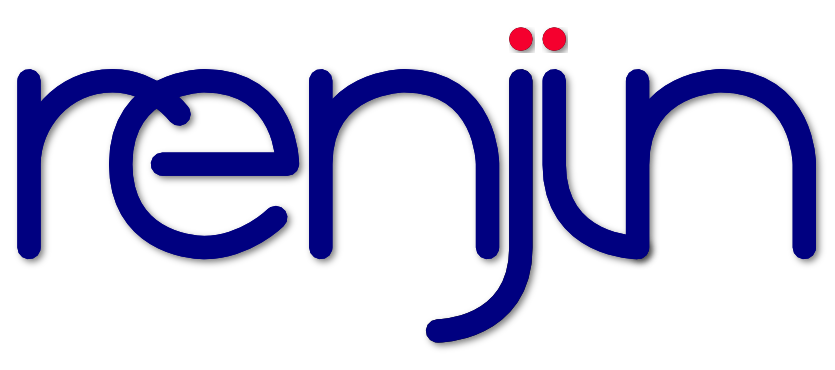CRAN
gama 1.0.3
Genetic Approach to Maximize Clustering Criterion
Released Feb 26, 2019 by Jairson Rodrigues
Dependencies
ggplot2 3.1.0 NbClust 3.0 GA 3.2 ArgumentCheck 0.10.2 cluster 2.0.7-1 Rfast 1.9.2 clusterCrit 1.2.8
An evolutionary approach to performing hard partitional clustering. The algorithm uses genetic operators guided by information about the quality of individual partitions. The method looks for the best barycenters/centroids configuration (encoded as real-value) to maximize or minimize one of the given clustering validation criteria: Silhouette, Dunn Index, C-Index or Calinski-Harabasz Index. As many other clustering algorithms, 'gama' asks for k: a fixed a priori established number of partitions. If the user does not know the best value for k, the algorithm estimates it by using one of two user-specified options: minimum or broad. The first method uses an approximation of the second derivative of a set of points to automatically detect the maximum curvature (the 'elbow') in the within-cluster sum of squares error (WCSSE) graph. The second method estimates the best k value through majority voting of 24 indices. One of the major advantages of 'gama' is to introduce a bias to detect partitions which attend a particular criterion. References: Scrucca, L. (2013)
